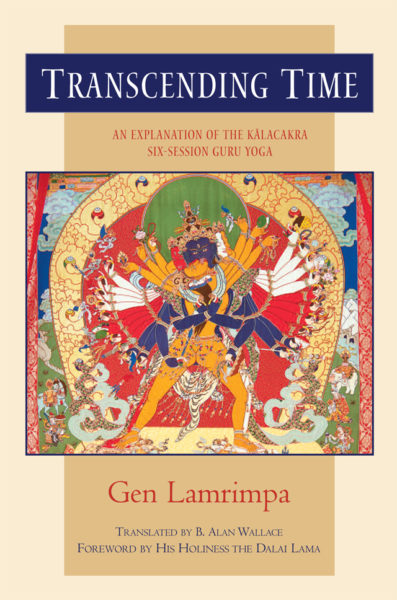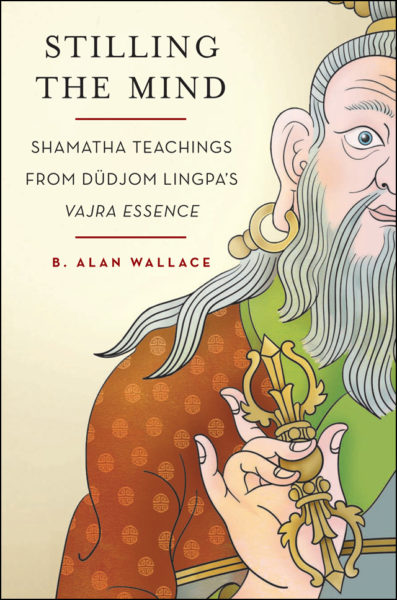In this selection from Open Mind, Alan Wallace presents a translation of Lozang Do-Ngak Chökyi Gyatso Chok’s “An Offering Cloud of Ambrosia on the Path of Reasoning,” which poetically elucidates the philosophical heart of the Dzogchen view.
-
-
In this selection from the Heart of the Great Perfection, Pema Tashi presents Düdjom Lingpa’s commentary on The Sharp Vajra of Conscious Awareness Tantra. This reading includes material covered by Alan Wallace in lesson 10.
-
In this selection from the Heart of the Great Perfection, Pema Tashi presents Düdjom Lingpa’s commentary on The Sharp Vajra of Conscious Awareness Tantra. This reading includes material covered by Alan Wallace in lesson 8. Also included is Lama Alan’s translation of chapter 13 of Śāntideva’s Compendium of Trainings (Śikṣāsamuccaya).
-
In this video, Alan Wallace offers background on the practice of great equanimity through insights from lojong, Shantideva, Buddhist philosophy, and the four immeasurables. After watching please practice along with the guided meditation below, incorporating mantra recitation on Avalokiteśvara or The Lake-Born Vajra, for those who have received the empowerment. Resources for both mantras are available here.
-
In this video Alan Wallace completes his commentary on Phase 2 of the root text, starting from page 62.
-
In this selection from the Heart of the Great Perfection, Pema Tashi presents Düdjom Lingpa’s commentary on The Sharp Vajra of Conscious Awareness Tantra. This reading includes material covered by Alan Wallace in lesson 8.
-
In this video Alan Wallace introduces vipashyana practice on the identitylessness of persons, as introduced in Phase 3. After watching, please practice along with the guided audio meditation below.
-
In this video, Alan Wallace introduces the guided meditation on great equanimity. After watching, please practice along with the audio meditation below.


